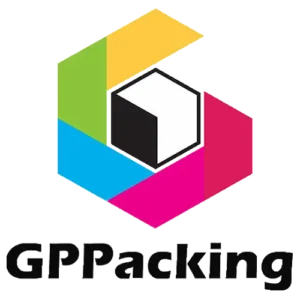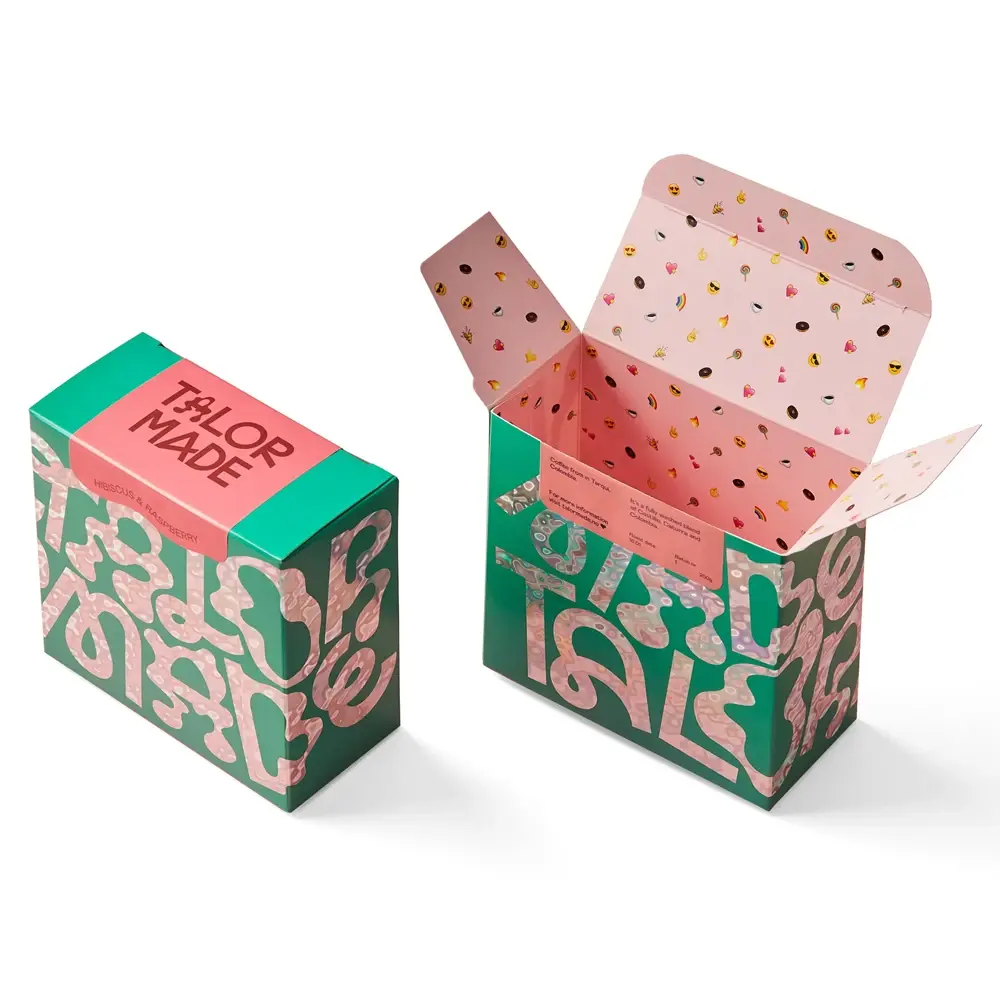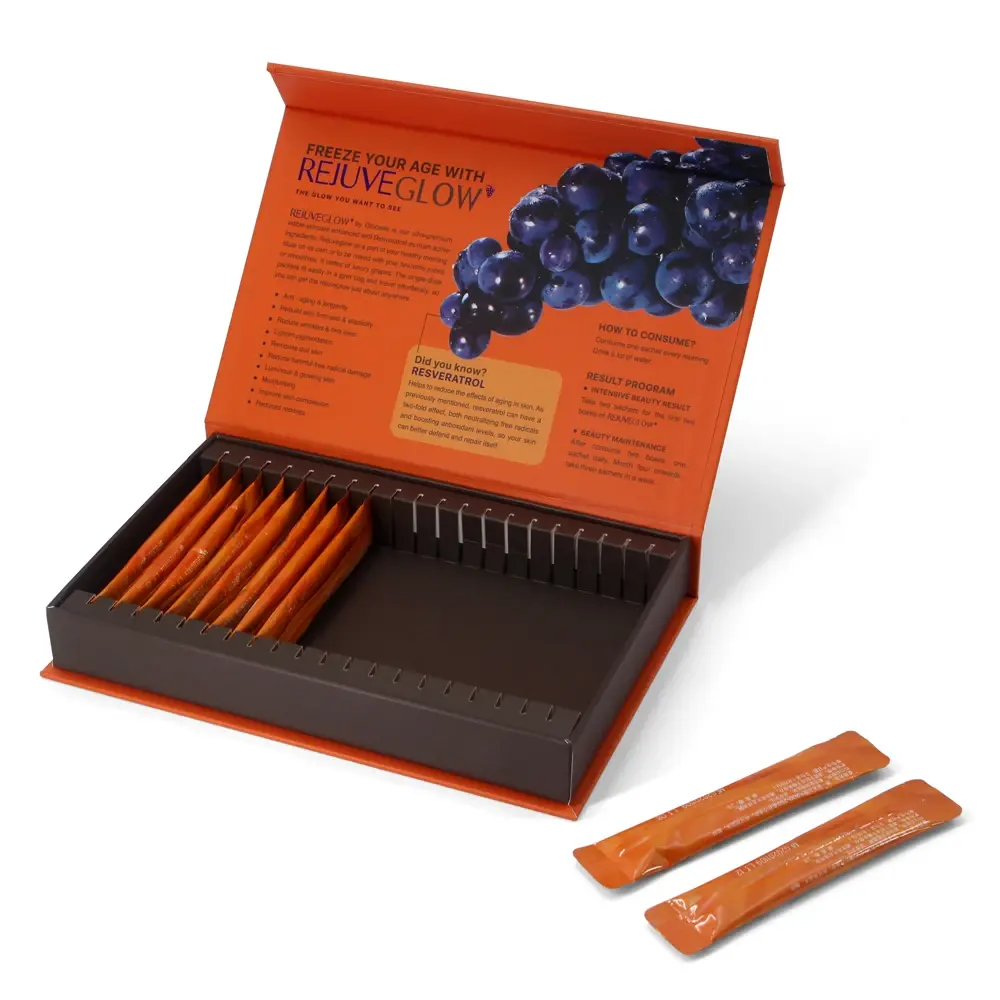Custom Box
Printing Capacity
With state-of-the-art printing equipment and comprehensive printing capabilities that provide you with high-definition, consistent image results, there are no limits to our printing capabilities, ensuring that your large-scale projects are met precisely and on time.
- Home
- Custom Packaging Services
- Printing Capacity
Offset Printing
Offset printing is a lithographic printing technique capable of printing from a single color to as many as six colors (including spot colors), and is commonly used for high-quality box printing.
- High resolution: 300 lines/inch with clear details.
- Multi-color printing: Supports up to four or six colors.
- Paper Adaptability: Coated and uncoated papers are available.
- High-speed production: over 15,000 prints per hour.
- Automation: Highly automated process to ensure stable output.
- Eco-friendly inks: Water-based inks with reduced solvents.
- Durable Plates: Plates are reusable.
- Flexible Adaptation: meets the needs of different printing volume.

Offset Printing Packaging Boxes
Offset printing delivers exceptional quality and consistency for packaging – clear images, vibrant colors that maintain brand accuracy across volumes to meet highest standards. Also convenient through quick turnarounds, versatile designs/sizes, easy graphic changes based on needs.
Suitability of Offset Printing
Offset printing is most suitable for high-quality packaging printing – folding cartons, boxes, labels – with outstanding print quality, ideal 1.5K to 50K+ batch sizes, quick turnarounds, fewer setups costs, and ability to add special finishes.
Offset printing process
Preparation
Artwork and designs are prepared digitally, and printing plates are made for each color.
Plate Mounting
Plates are mounted onto the printing press, one for each color.
Ink Application
Ink is applied to the plates, adhering to the image areas.
Offset Transfer
The inked image is transferred onto a rubber blanket cylinder.
Box Printing
Box blanks are fed into the press and come into contact with the rubber blanket cylinder, transferring the ink onto the boxes.
Color Layering
Each color is printed onto the boxes one at a time.
Finishing
Boxes undergo additional processes like coating, varnishing, die-cutting, and folding before being quality-checked and packaged for shipping.
Flexographic Printing
Flexographic printing is a flexible printing technology capable of directly printing up to 10 colors with vibrant colors, rich details and consistent printing results.
- Cost efficiency: 70% lower cost for high volume production.
- Color reproduction: 8-color overprint with 95% color accuracy.
- Material adaptation: paper, plastic, metal foil, etc.
- Industry application: covering 85% of packaging field.
- Eco-friendly ink: VOCs emission reduced by 30%.
- Quick plate change: plate change time reduced by 50%.
- Durable printing plates: up to 1 million cycles of service life.
- Design Flexibility: Adapt to a wide range of sizes and shapes.
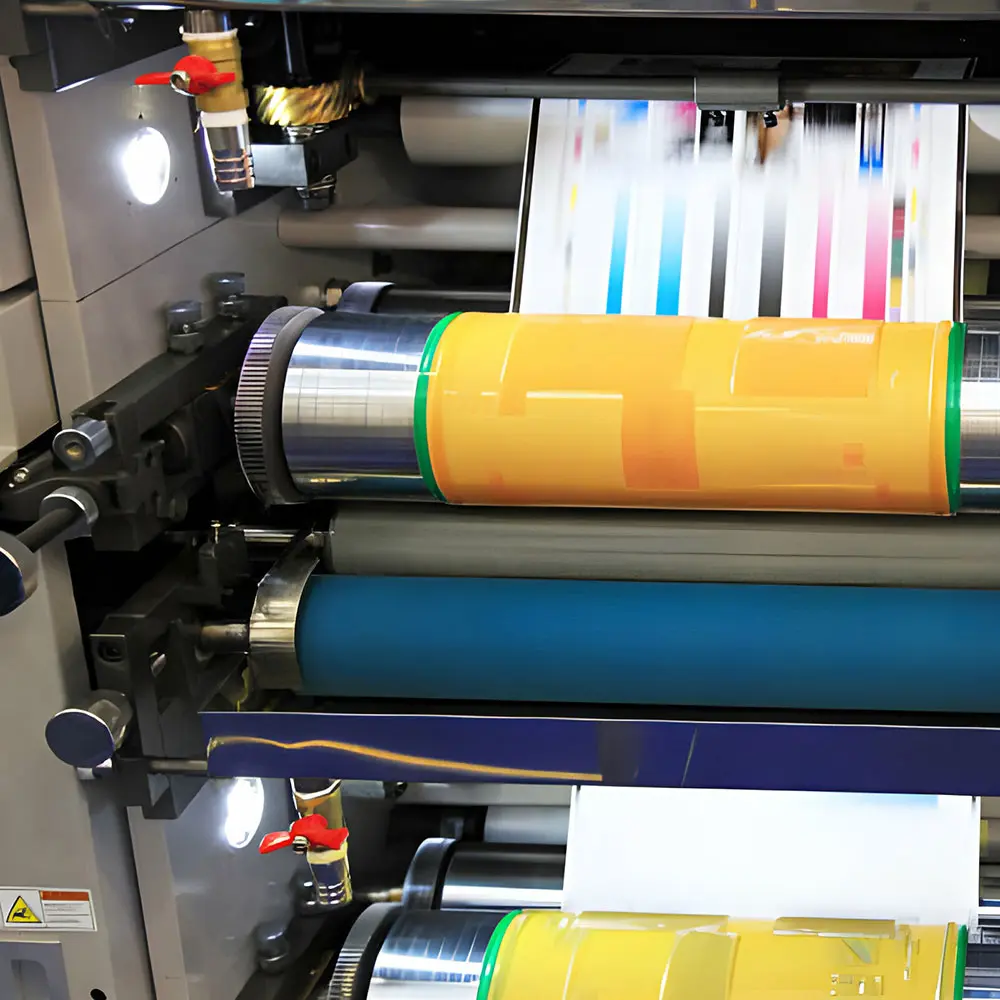
Flexographic printing Packaging Boxes
Flexographic printing is ideal for high volume packaging – corrugated boxes, folding cartons, bags and flexible materials. With runs above 100k+ pieces, the high speed process enables large volumes at low cost. It maintains consistent, quality graphics across diverse porous and non-porous substrates, facilitated by process versatility.
Suitability of Flexographic Printing
Flexographic printing maintains excellent color and image reproduction on all package surfaces, uses fast-drying inks, and allows easy graphics/text changes during high-volume production.
Flexographic printing process
Preparation
Designs are prepared digitally, and printing plates are made. However, in flexographic printing, these plates are made of flexible rubber or polymer materials.
Plate Mounting
The flexible printing plates are mounted onto cylinders on the printing press. Each cylinder corresponds to a color in the design.
Ink Application
Ink is applied to the raised portions of the printing plates using ink rollers. The ink adheres to the raised areas while the recessed areas remain free of ink.
Impression
As the printing plates rotate, they come into contact with the substrate, typically paper, cardboard, or plastic. The pressure from the impression cylinder ensures that the ink transfers from the plates onto the substrate.
Box Printing
The substrate, usually in the form of rolls or sheets, is fed through the press. As it passes between the impression cylinder and the inked plates, the ink is transferred onto the substrate, creating the desired print.
Color Layering
Similar to offset printing, each color is applied sequentially to the substrate, allowing for precise registration and layering of colors.
Finishing
After printing, the boxes may undergo additional finishing processes such as drying, coating, die-cutting, and folding. Quality control checks are performed to ensure that the printed boxes meet the required standards before they are packaged for shipping.
screen printing
Screen printing is a printing technique by means of screen stencils, capable of single to multi-color printing, usually no more than 6 colors. In box printing, screen printing provides clear, vibrant graphics suitable for large area coverage and special effects.
- Material adaptability: compatible with 100+ substrates.
- Colorful: support 6-color overprinting.
- Durability: water washing resistance, color retention for many years.
- Small batch customization: low starting volume, suitable for personalized needs.
- Detailed performance: minimum line width 0.1mm, clear details.
- Special effects: can realize three-dimensional, concave and convex and other special printing effects.
- Eco-friendly ink: VOCs emission is less than 5%, environmentally friendly.
- Cost-effectiveness: 20% savings on special effects and material costs.
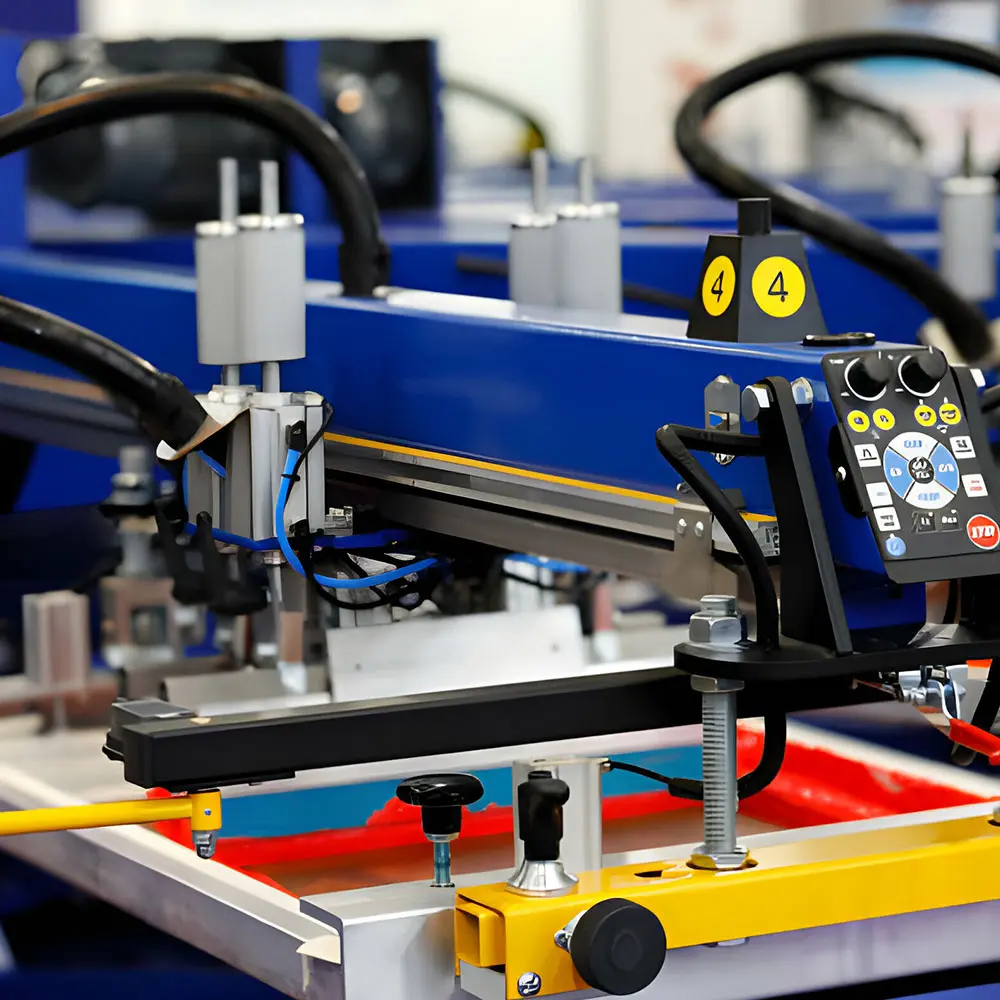
Screen Printing Packaging Boxes
Screen printing offers uniquely rich, vivid packaging inks, including metallics, that maintain essential thickness for tactile impact. It economically prints on complex uneven, 3D box surfaces, facilitating quick design iterations vital for testing creative structural and graphical concepts on short prototype runs.
Suitability of Screen Printing
Screen printing suits packaging prototypes, short-runs, niche items – ideal for limited 10 to 1,000 units on diverse box materials. Its manual approach allows quick design changes. Rich screen inks print effectively on varied porous/nonporous surfaces, even curved or uneven.
Screen printing process
Preparation
Designs are prepared digitally or hand-drawn, and screens are created by stretching a fine mesh material over a frame and coating it with a light-sensitive emulsion.
Screen Setup:
Each color in the design requires a separate screen. The screens are prepared by exposing them to UV light through a film positive containing the design. The exposed emulsion hardens, creating a stencil of the design on the screen.
Ink Application
Ink is mixed to the desired color and consistency. Screen printing inks can vary widely in composition depending on the substrate and printing requirements.
Screen Printing
The prepared screens are mounted onto a printing press. The substrate, such as paper, cardboard, or fabric, is placed onto the printing bed below the screens.
Ink Application
Ink is applied to the top of the screen, and a squeegee is used to evenly spread the ink over the stencil. The squeegee pushes the ink through the open areas of the stencil onto the substrate below.
Color Layering
Each color in the design is printed one at a time. After printing one color, the substrate is dried or cured before the next color is applied. This process allows for precise registration and layering of colors.
Finishing
After printing all colors, the printed material may undergo additional finishing processes such as drying, heat setting, or curing to ensure the ink adheres properly to the substrate. Quality control checks are performed to ensure that the printed products meet the desired standards before they are packaged for shipping.
Digital Printing
Digital printing technology offers flexible color options, often capable of printing up to four colors (CMYK) or more. Crisp and vibrant printing on boxes lends itself to personalization and small production runs, but can be slightly more costly than traditional printing
- Color printing: supports millions of colors, rich in color.
- Quick response: suitable for short-run printing, short production cycle.
- Personalization: Easy personalization.
- Eco-friendly: Reduced use of chemicals, environmentally friendly.
- Consistent Quality: Consistent print quality and accurate colors.
- Cost-effective: Cost advantage for small-lot orders.
- Adaptable: Suitable for various box sizes.
- Instant modification: design can be adjusted at any time, no need for printing plates
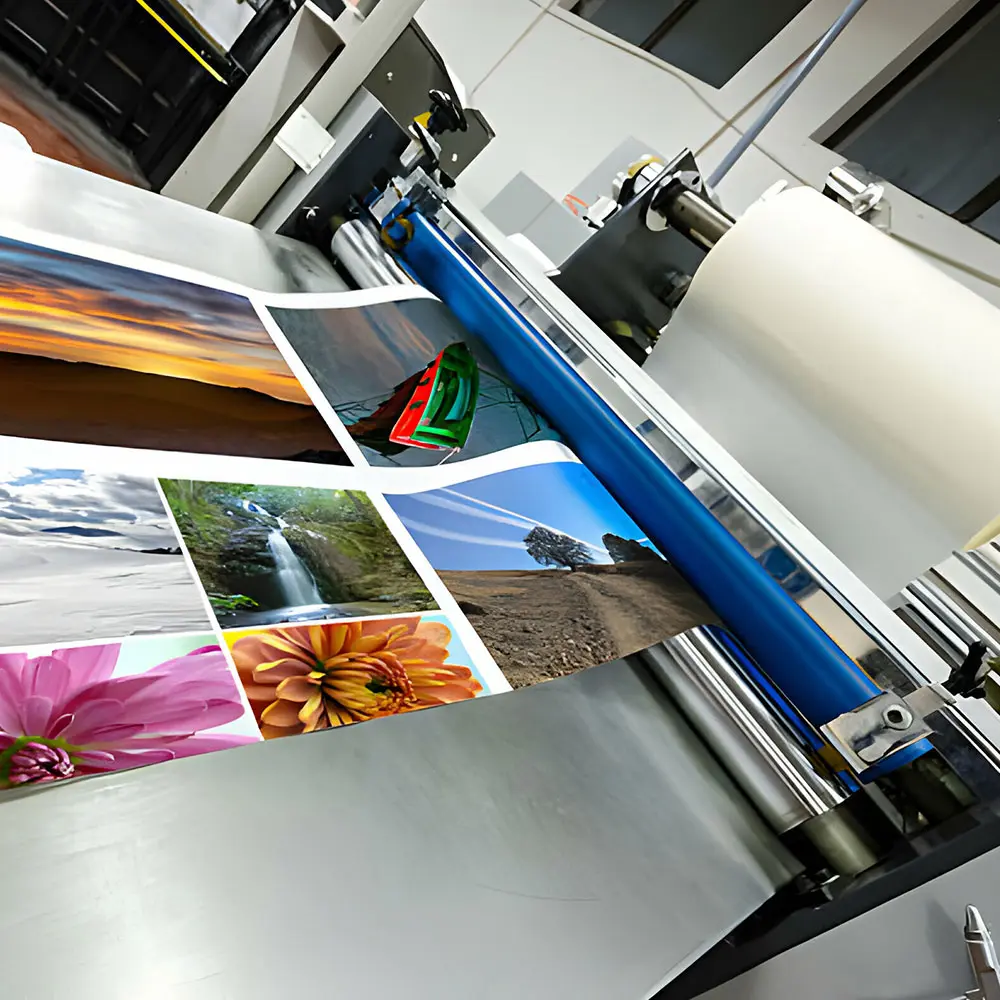
Digital Printing Packaging Boxes
Digital printing delivers photographic, high resolution graphics while maintaining precise color consistency vital for branding, especially on premium thick cardstocks that enable innovative luxury presentations affordably. With no plates, digital uniquely facilitates economical short prototype runs from 1-500 units to creatively test new custom packaging concepts with low risk before larger rollouts.
Suitability of Digital Printing
Digital printing uniquely facilitates high-quality, economic short-run packaging for prototypes, customization testing before commitments. On-demand capabilities print 1-500 boxes cost-effectively when required, saving inventory. Further, variable data printing allows customizing each carton, exploring personalization, regionalization innovations at low risk before larger rollouts.
Digital printing process
Preparation
Designs are created digitally using graphic design software. The digital files are prepared for printing without the need for traditional printing plates or screens.
Printing Setup
The digital files are sent directly to the digital printing press. Unlike traditional printing methods, digital printing does not require the creation of printing plates or screens, saving time and resources.
Inkjet Printing
Digital printing presses use inkjet technology to apply ink directly onto the substrate. The ink is sprayed onto the surface in tiny droplets, controlled by computer algorithms to create the desired image.
Color Management
Digital printing offers precise color control and calibration. Colors are reproduced accurately based on the digital file, ensuring consistency across multiple prints.
Substrate Feeding
The substrate, which can include paper, cardboard, vinyl, or other materials, is fed into the digital printing press. The substrate moves through the press, passing under the print heads where the ink is applied.
Variable Data Printing
Digital printing allows for variable data printing, where each printed piece can be customized with unique text, images, or other elements. This capability is useful for personalized marketing materials, such as direct mail campaigns.
Finishing
After printing all colors, the printed material may undergo additional finishing processes such as drying, heat setting, or curing to ensure the ink adheres properly to the substrate. Quality control checks are performed to ensure that the printed products meet the desired standards before they are packaged for shipping.
UV Printing
UV printing offers high gloss and abrasion resistance in packaging and typically supports four-color (CMYK) printing with the addition of spot or metallic colors. Printing on boxes with bright, long-lasting colors is suitable for high-end packaging, but at a higher cost.
- Fast curing: UV ink curing time is less than 1 second.
- High abrasion resistance: the printing surface is scratch resistant
- Glossy effect: Provides high gloss or matte surface.
- Environmental standards: Complies with ISO 14000
- Vivid color: Color saturation up to 98%.
- Substrate Adaptation: Suitable for 30+ substrates.
- Outdoor weathering: Outdoor color stability up to 5 years.
- Instant modification: design can be adjusted at any time, no need for printing plates

UV Printing Packaging Boxes
UV Printing technology offers vivid, high-resolution prints on textured surfaces, with instantly cured inks preventing smudging or peeling. It enhances packaging with a tactile feel, while its durable prints resist moisture and fading, ensuring long-lasting quality and brand integrity.
Suitability of UV Printing
Ideal for premium labels, cartons, and boxes, UV printing technology handles medium batches (500-5,000 pieces). It excels in vibrant color and effects on wood, glass, and plastic, allowing direct printing on final packaging shapes for efficient, versatile solutions.
UV printing process
Preparation
Designs are created digitally using graphic design software. The digital files are prepared for UV printing, taking into account the unique characteristics of UV inks and curing processes.
Printing Setup
The digital files are transferred to the UV printing press. UV printing utilizes ultraviolet light to cure or dry the ink instantly as it is applied to the substrate.
UV Ink Application
UV printing presses use special UV-curable inks that do not dry through evaporation like traditional inks. Instead, the UV ink remains in a liquid state until exposed to ultraviolet light.
UV Ink Curing
As the UV ink is applied to the substrate, it passes under UV lamps mounted on the printing press. The UV lamps emit intense ultraviolet light, which triggers a chemical reaction in the ink, causing it to cure or harden instantly on the surface of the substrate.
Substrate Feeding
The substrate, which can include paper, cardboard, plastic, metal, glass, or other materials, is fed into the UV printing press. The substrate moves through the press, passing under the UV lamps and print heads where the UV ink is applied and cured.
High-Quality Printing
UV printing offers high-resolution, vibrant colors, and sharp images. The instant curing process prevents the ink from spreading or being absorbed into the substrate, resulting in crisp and detailed prints.
Finishing
After printing, the UV prints may undergo additional finishing processes such as coating, laminating, or embossing to enhance their appearance and durability. Quality control checks are performed to ensure that the printed materials meet the desired standards before they are packaged for shipping.
Gravure Printing
UV printing offers high gloss and abrasion resistance in packaging and typically supports four-color (CMYK) printing with the addition of spot or metallic colors. Printing on boxes with bright, long-lasting colors is suitable for high-end packaging, but at a higher cost.
- Fast curing: UV ink curing time is less than 1 second.
- High abrasion resistance: the printing surface is scratch resistant
- Glossy effect: Provides high gloss or matte surface.
- Environmental standards: Complies with ISO 14000
- Vivid color: Color saturation up to 98%.
- Substrate Adaptation: Suitable for 30+ substrates.
- Outdoor weathering: Outdoor color stability up to 5 years.
- Instant modification: design can be adjusted at any time, no need for printing plates

Gravure Printing Packaging Boxes
Gravure Printing excels in delivering unmatched print quality with fine halftone images, maintaining precise registration over millions of prints. Its consistency minimizes waste, making it ideal for industries requiring high-precision, long-duration printing solutions.
Suitability of Gravure Printing
Gravure Printing excels in high-volume runs exceeding 100,000 units, particularly for folding cartons, paperboard, and flexible film. Its efficiency handles long print runs seamlessly while accommodating diverse paper and film substrates for versatile applications.
Gravure printing process
Preparation
Designs are prepared digitally or photographically. The digital files are then converted into cylindrical printing plates, typically made of copper or chrome-plated steel, using an engraving process.
Plate Engraving
The cylindrical printing plates are engraved with the design using specialized engraving equipment. The depth and shape of the engraved cells determine the amount of ink transferred onto the substrate during printing.
Ink Application
Ink is applied to the surface of the engraved printing plates. The excess ink is then wiped off the surface, leaving ink only in the engraved cells.
Substrate Feeding
The substrate, which can include paper, plastic, foil, or other materials, is fed between the impression roller and the engraved printing plates. The substrate comes into contact with the inked plates, and the ink is transferred onto the substrate through pressure.
Color Layering
Gravure printing can achieve high-quality, continuous-tone images with rich and vibrant colors. Each printing plate is responsible for one color, and multiple plates are used sequentially to build up the final image with precise registration.
Drying
After the ink is applied to the substrate, the printed material passes through drying ovens or air dryers to evaporate the solvents and set the ink.
Finishing
After printing and drying, the gravure prints may undergo additional finishing processes such as coating, laminating, or embossing to enhance their appearance and durability. Quality control checks are performed to ensure that the printed materials meet the desired standards before they are packaged for shipping.
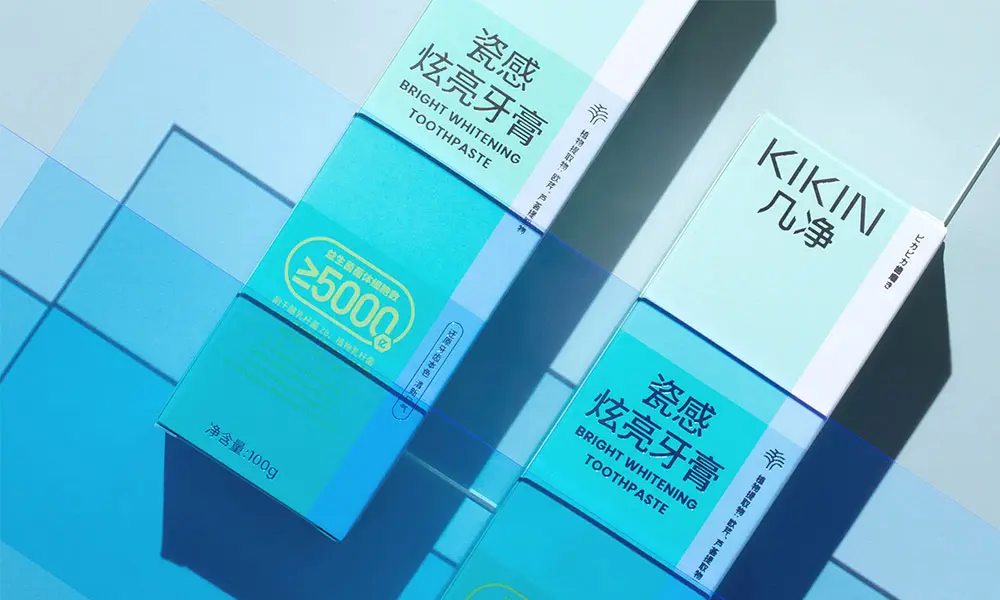


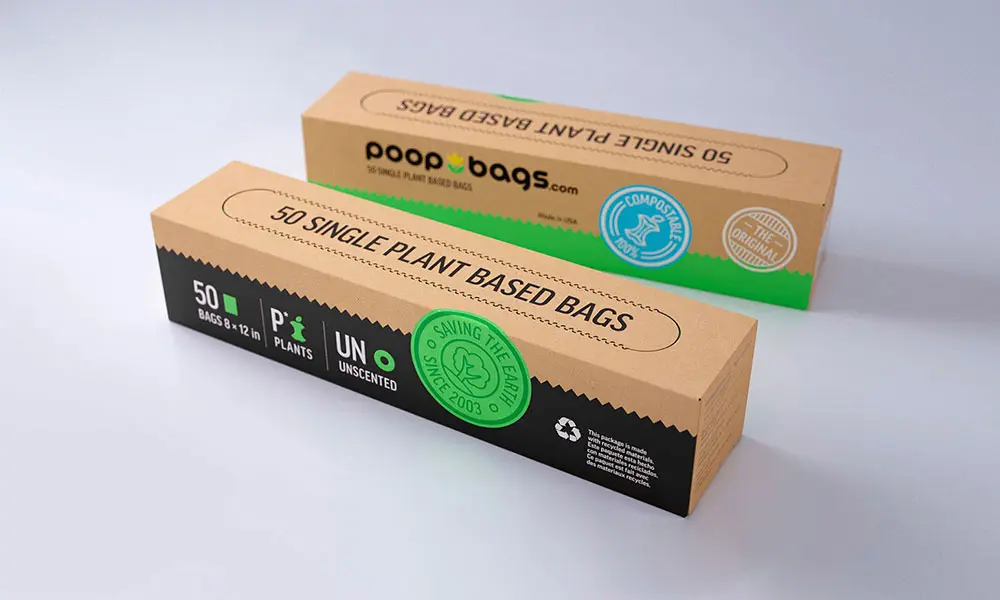
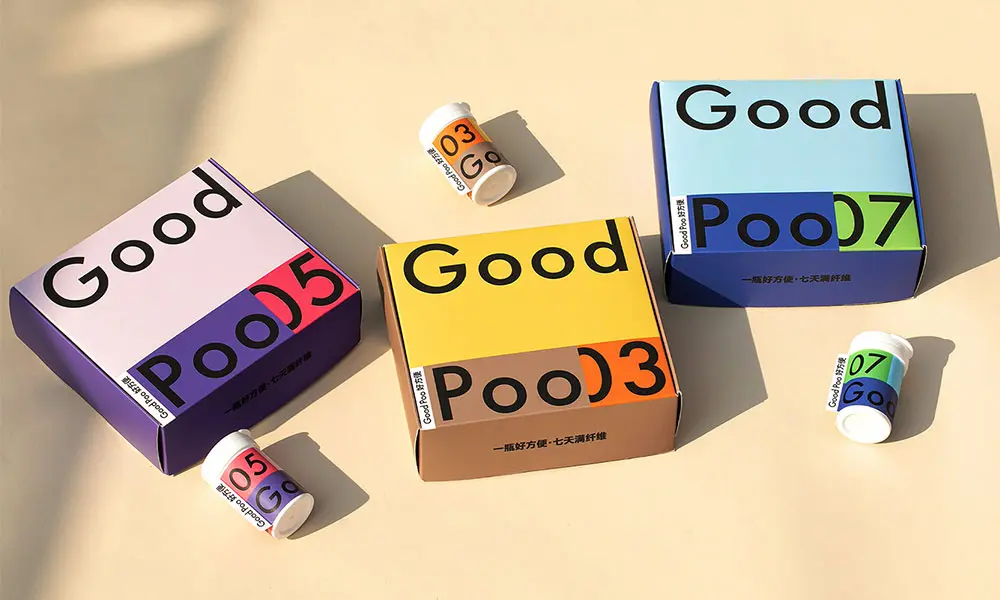

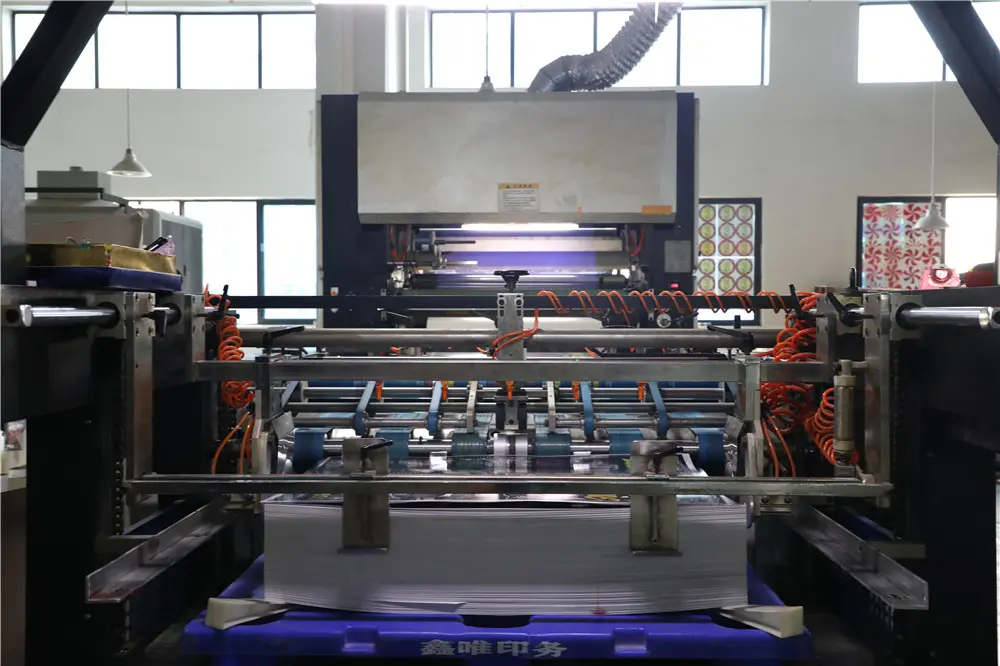

One of the top printed packaging manufacturers in China
A supplier that has been deeply involved in the printed packaging industry
In the last 20 years, we've made it happen:
- Invested over 10 million in the latest printing and packaging equipment and technologies, increasing production efficiency by 30% and reducing defects to less than 0.5%.
- Built a workforce of over 100 employees and provide internal training programs to continually advance employee skills and capabilities.
- Established partnerships with over 2000 domestic and international brands, providing packaging solutions for food & beverage, pharmaceutical, cosmetics, and other major industries.
- Developed proprietary green packaging materials, with 30% of current packaging using renewable, recyclable or biodegradable materials, significantly reducing environmental impact.
- Established in-house tooling and mold development capabilities resulting in 90% of projects having custom proprietary molds, upholding unique brand aesthetics for customers.
2000+ customers worldwide trust us
Two Decades of Excellence
Over 20 years in the industry, delivering top-notch printing and packaging solutions.
Cost-Efficiency
Reduced client expenses by 15%, offering competitive pricing without compromising quality.

Innovative Packaging Solutions
Developed 50+ cutting-edge packaging designs, catering to diverse client needs.
99.9% On-Time Delivery
Consistent track record of meeting deadlines, ensuring timely product delivery.
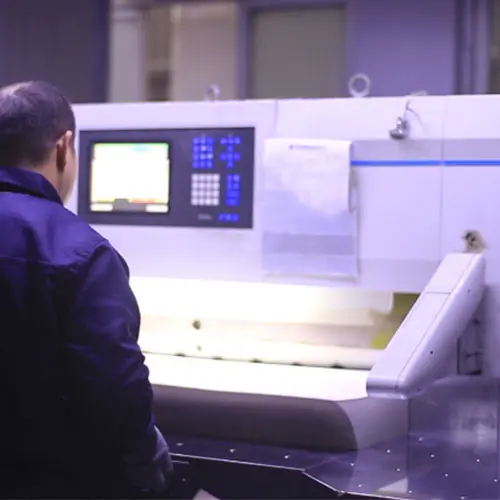
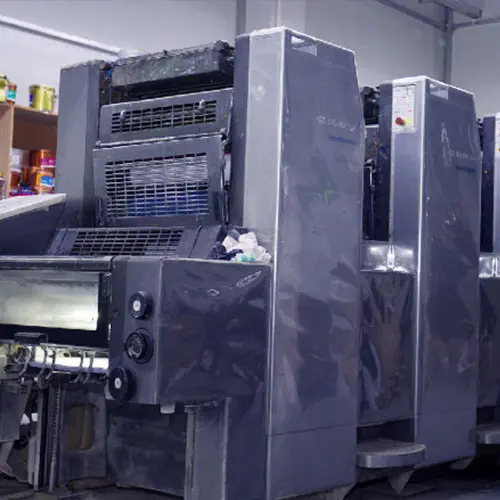
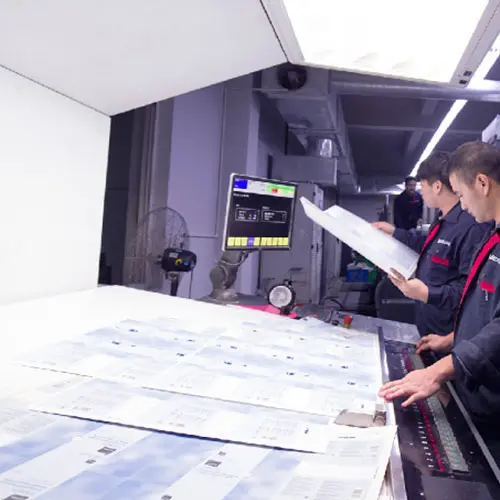
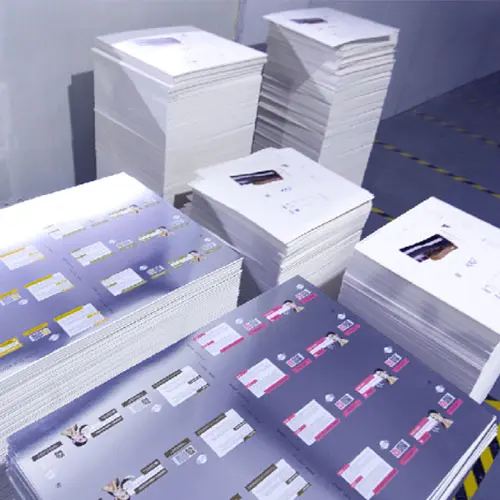

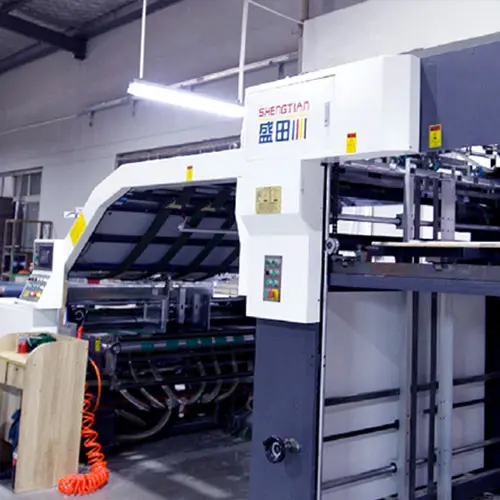

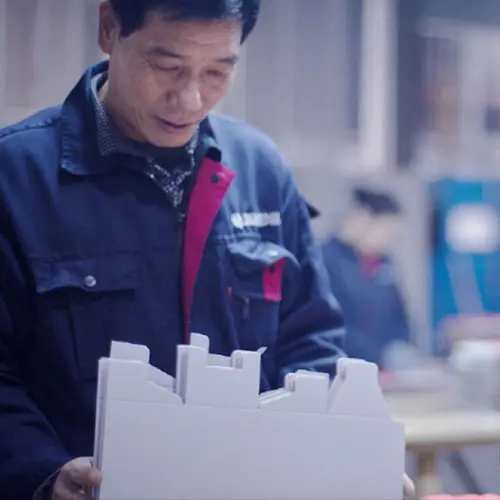
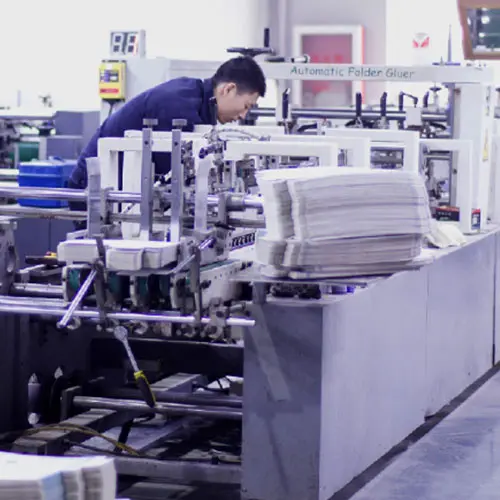
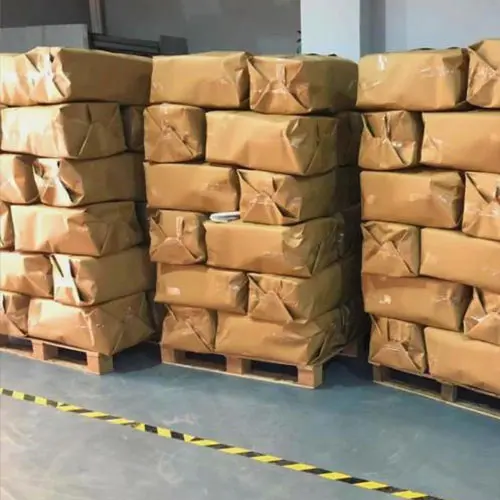
Consult with an Exclusive Customized Packaging Specialist
One-stop service and favorable price
From design to printing, one-stop service saves your time. Provide bulk discounts for wholesalers to reduce purchasing costs.
Excellent printing quality
Advanced printing technology ensures bright colors and clear patterns. Use environmentally friendly materials to show corporate social responsibility.
Volume discounts
We offer competitive prices and volume discounts to reduce your purchasing costs and increase profit margins.
Flexible Logistics Arrangement
We cooperate with a number of logistics companies to ensure that your goods can be delivered to their destinations safely and on time.
Get Started with GPPacking!
We always want to make sure our customers get the best price, so please let us know what you are interested in and we will provide a quote!
